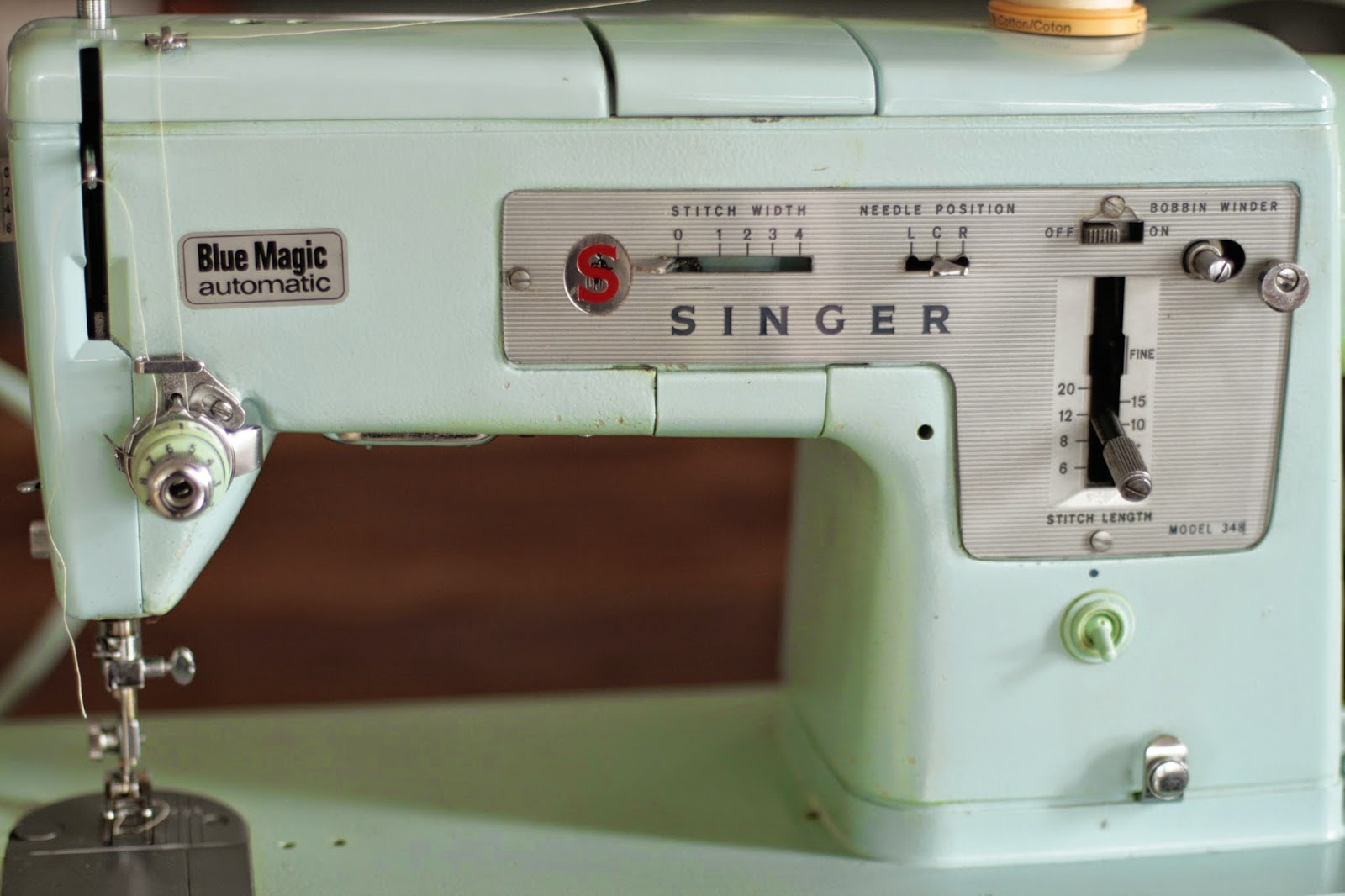indigo and linen quilt - a mini tutorial!
How good is natural linen? It's great for garments and just about any other fabric-y purpose. Recently, I couldn't resist its call for a quilt I'd been planning. I was looking for a not-white neutral, something to go with the indigo-hued scraps I'd collected and something with a bit of texture... but of course - natural linen!
This quilt is a kind of modified wonky, scrappy string quilt. I'm sure there are plenty of tutorials for this kind of thing out there on the internets, but here is how I made this one. There are no hard and fast rules for this kind of quilting, and it really doesn't matter if your corners don't match. The four segments that form each diamond shape aren't supposed to match, either (but of course, they can if you prefer!) It's a great way to bust through your stash and would look awesome in a variety of colours, or monotone like this one.
Finished quilt measures:
just over 100 x 130cm (lap quilt size)
You will need:
About 1.5m natural linen (plus other scraps of complimentary linen or linen/cottons)
Assorted scraps for coloured sections. Each piece should be up to 15cm square.
110cm x 140cm backing fabric (we used our hemp/organic cotton in indigo)
Batting 110cm x 140m (we used our 100% wool batting)
Perle cotton for hand quilting
Sewing machine, cotton machine thread, scissors, hand quilting needle, iron, cutting mat and rotary cutter, heavy cardboard or template plastic.
Step 1
Measure up your basic square block size and cut it out of a piece of heavy cardboard or template plastic. For this quilt I started with a block size of 16.5cm square.
With your rotary cutter, use this template to cut out a whole lot of squares from the linen (you should be able to cut out more than one at once). My quilt used 63 linen squares.
Step 2
With random, gay abandon (and your rotary cutter), slice off two opposing corners on each linen square. Any angle and any size. Go crazy!
Step 3
Now chop up some scraps for the triangular corner pieces. Make sure you have an assortment of sizes. They don't have to fit with the linen squares perfectly at this stage as we will square up later. As you are cutting, keep in mind that each scrap will need to be slightly longer on its longest side than its intended corresponding linen square - this is for the seam allowance.
Step 4
Randomly select a couple of scraps and sew one to each corner of a prepared linen 'square'. I used a seam allowance of 1cm throughout this quilt. Repeat with all the scraps until you've worked through your pre-cut linen. I substituted a couple of different linen pieces in this quilt (as well as a couple of treasured pieces of Umbrella Print's Perfect Circle) just to keep things visually interesting. Lay your blocks out as you sew to judge how the balance of pattern/colour is coming along and choose your scraps accordingly. Press each block, with seams apart (or whichever method of seam treatment you prefer).
Step 5
Grab your cardboard template and place it on top of one of your pieced blocks. Using the rotary cutter, trim any excess fabric off each block to make it square. Repeat with all of your blocks.
Step 6
Arrange your blocks in their final quilt layout and sew them together in rows, then sew each row together. My quilt consists of 7 blocks across, 9 blocks down. Once you're done, give the whole thing a good press.
Step 7
On an open expanse of floor or on a quilt-wall make a quilt sandwich to prepare for basting. First spread out the quilt batting right side down, then smooth out the batting on top (ensure the batting sticks out evenly on each side), then lay down your quilt top over the top with its right side up. Make sure there are no creases, then secure the three layers together with safety pins or long basting threads in some highly contrasting thread from your stash (so you can see it easily and take it out at the end).
Step 8
Time to quilt. This quilt was hand stitched together around each centre diamond using some linen coloured Valdani perle cotton. But it could equally be machine quilted - it just depends what kind of finish you want. Here are some excellent instructions for machine quilting from a domestic sewing machine and hand quilting. Remove your basting threads or pins.
Step 9
Once you've finished quilting, all that's left is the binding. For this quilt, I had enough of the backing fabric to wrap around and double fold over the top to seal the edges and self-bind the quilt - more directions here. If you want to use a different fabric to bind your quilt, here are some useful instructions for making and attaching the binding. I always machine sew the first layer of binding and hand finish the second side with an invisible stitch, because I like that finish, but machine sewing both sides gives a lovely look also.
Now, crumple up that quilt and keep warm!
Happy sewing!
- Fiona & Jane x














Wow! You read my mind, I have been looking at this quilt and wondering how you went about it because wanted to make one of my own! Thank you so much for the tutorial. Susie
ReplyDeleteThis is lovely. I have a bunch of Japanese indigo and this is how I will use it! Thanks so much for the tutorial.
ReplyDeleteWhat a captivating quilt. Thank you so much for an excellent tutorial!
ReplyDelete